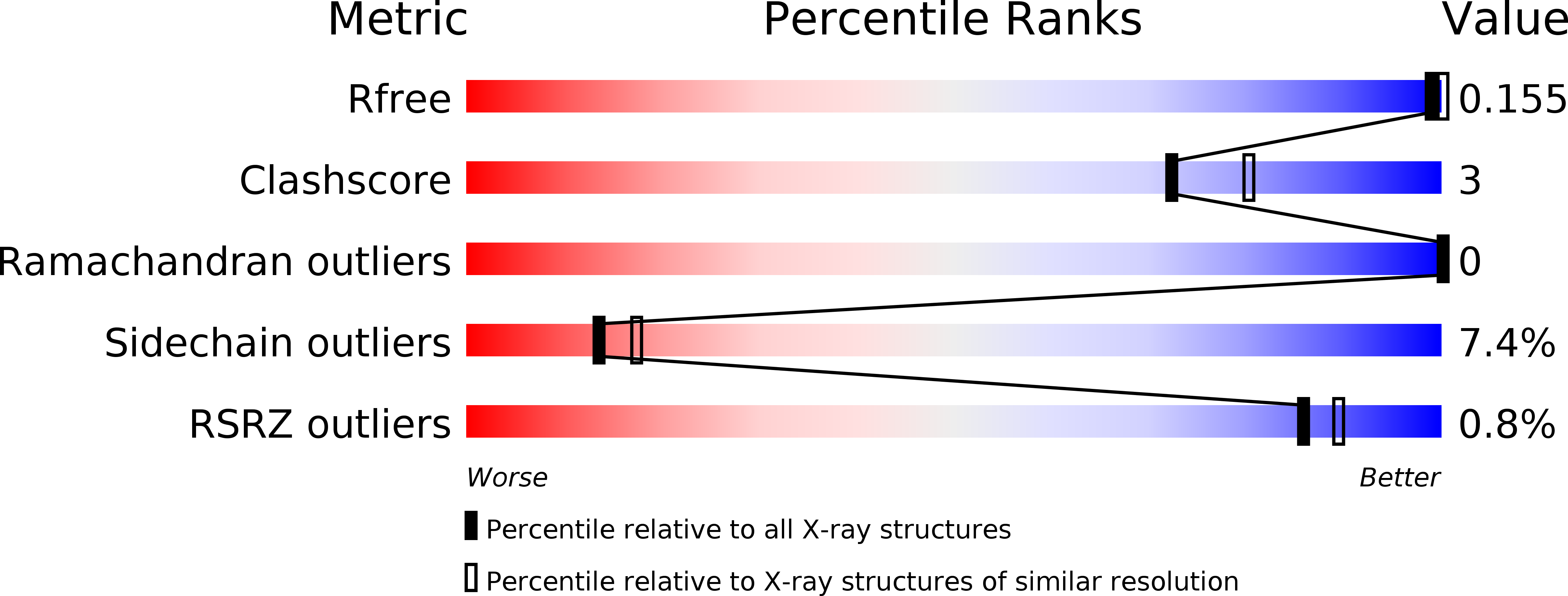
Deposition Date
2002-04-11
Release Date
2002-10-01
Last Version Date
2024-10-16
Entry Detail
PDB ID:
1GXS
Keywords:
Title:
Crystal Structure of Hydroxynitrile Lyase from Sorghum bicolor in Complex with Inhibitor Benzoic Acid: a novel cyanogenic enzyme
Biological Source:
Source Organism:
SORGHUM BICOLOR (Taxon ID: 4558)
Method Details:
Experimental Method:
Resolution:
2.30 Å
R-Value Free:
0.22
R-Value Work:
0.16
R-Value Observed:
0.16
Space Group:
C 1 2 1


